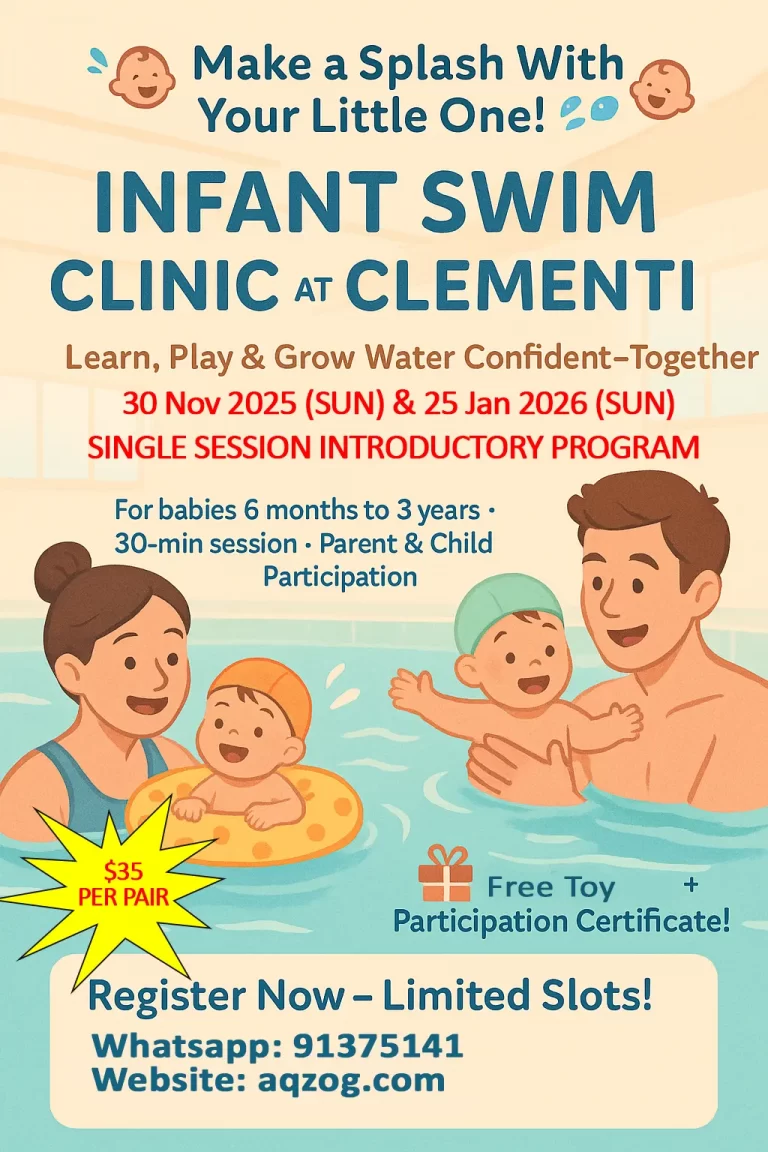About Toddler Swimming Classes
Toddler swimming classes are becoming increasingly popular in Singapore for a variety of reasons. Here are ten key reasons why:
- Water Safety: Parents recognize the importance of teaching their children water safety skills from a young age to prevent drowning and other water-related accidents.
- Health Benefits: Swimming promotes physical fitness, cardiovascular health, and overall well-being. It also helps in the development of muscles, coordination, and balance.
- Early Development: Swimming classes can enhance cognitive and social skills in toddlers, contributing to their early developmental milestones.
- Confidence Building: Learning to swim can boost a child’s self-confidence and independence, as they master new skills and overcome challenges.
- Parental Involvement: Many swimming programs encourage parental participation, providing a bonding experience and allowing parents to directly support their child’s learning.
- Social Interaction: Swimming classes offer toddlers the opportunity to interact with peers, helping them develop social skills and make new friends.
- Structured Activity: Organized classes provide a structured and routine-based activity, which is beneficial for young children’s development and discipline.
- Adaptability: Swimming is a lifelong skill that can be enjoyed at any age. Starting young helps children become comfortable and proficient in the water early on.
- Fun and Enjoyment: Swimming is often perceived as a fun and enjoyable activity for toddlers, making it an attractive option for both children and parents.
- Cultural Factors: With Singapore’s tropical climate and numerous water-based recreational activities, swimming is an essential skill for enjoying the local lifestyle. Parents want their children to be able to safely and confidently participate in these activities.
These factors collectively contribute to the growing popularity of toddler swimming classes in Singapore.
What are the impact of learning in Heated Pool?
Learning to swim in a heated pool is not always necessary, but it does offer certain advantages. However, there are also some disadvantages to consider. Here’s a balanced view:
Advantages of Learning in a Heated Pool:
- Comfort: Warmer water is generally more comfortable, especially for young children and beginners, making the learning experience more enjoyable.
- Relaxation: Heated pools help relax muscles, which can reduce the risk of cramps and make it easier to focus on learning proper techniques.
- Extended Swimming Season: Heated pools can be used year-round, regardless of the outdoor temperature, providing consistent opportunities for practice.
- Health Benefits: Warmer water can be soothing for individuals with certain health conditions, such as arthritis or muscle pain.
Disadvantages of Learning in a Heated Pool:
- Cost: Heating a pool can be expensive, leading to higher fees for swimming lessons.
- Energy Consumption: Maintaining a heated pool requires significant energy, which can have environmental impacts.
- Temperature Dependency: Swimmers accustomed to warm water might find it challenging to transition to colder water environments, such as natural bodies of water or unheated pools.
- False Sense of Comfort: Warm water might not prepare swimmers for the varying conditions they may encounter in real-life situations, such as cooler ocean or lake water.
- Health Risks: Prolonged exposure to warm water can sometimes lead to dehydration or overheating, particularly in young children.
Conclusion:
While learning in a heated pool can enhance comfort and provide a consistent learning environment, it is not strictly necessary. Swimming skills can be effectively learned in unheated pools, and doing so can better prepare swimmers for a variety of water conditions. Balancing the use of both heated and unheated pools can provide a more comprehensive swimming education.

